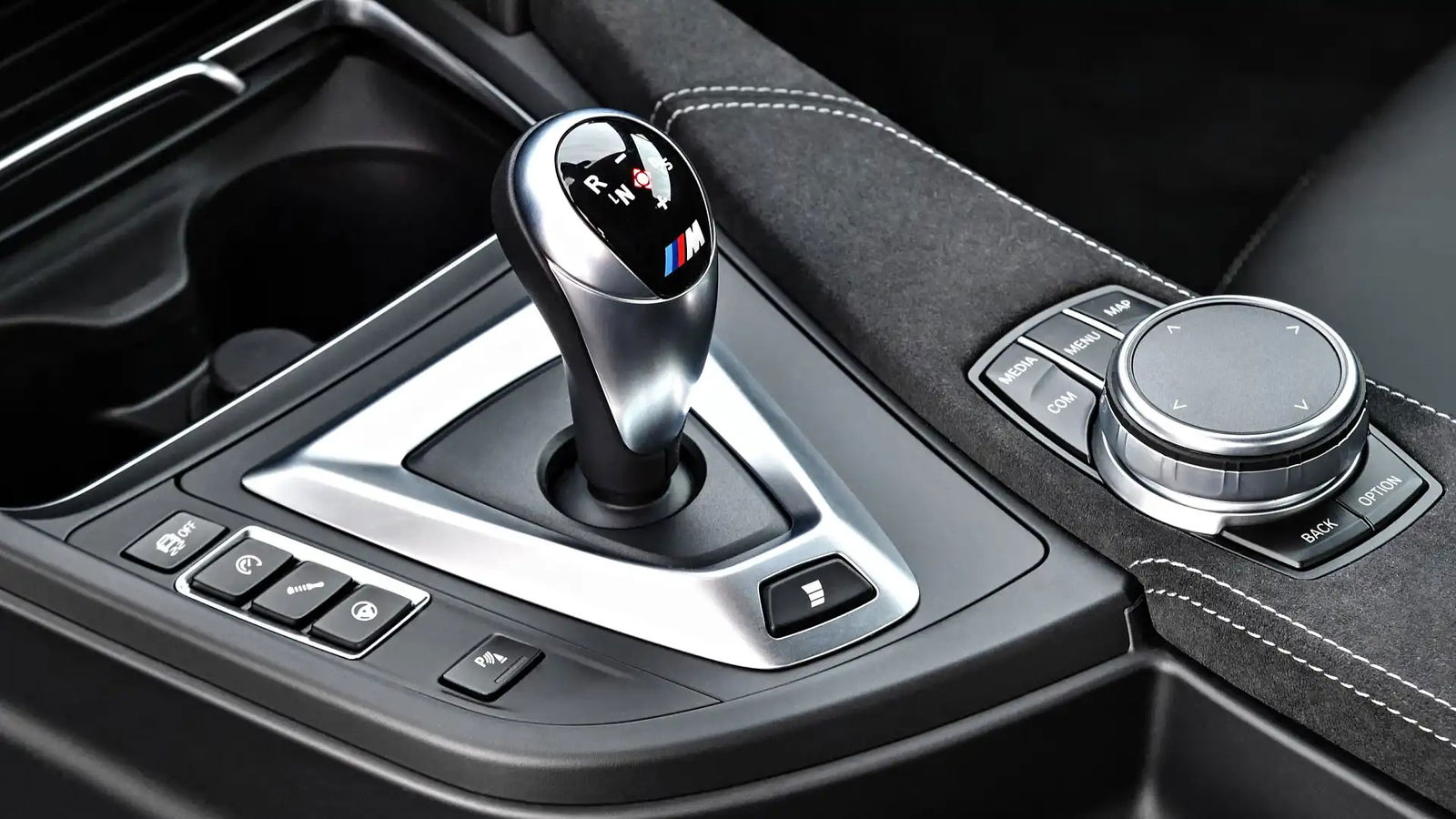From high-performance road cars to motorsport machinery, the dual-clutch transmission (DCT) has become a popular choice for fast, precise, and efficient shifting. It blends the best traits of a manual and an automatic transmission, offering lightning-fast gear changes with no interruption to power delivery.
What Is a Dual-Clutch Transmission?
A dual-clutch transmission is essentially two gearboxes in one, working together. It uses two separate clutches—one for the odd-numbered gears (1st, 3rd, 5th, etc.) and the other for the even-numbered gears (2nd, 4th, 6th, etc.).
While one gear is engaged, the next gear is already pre-selected on the other clutch. This allows nearly instant gear changes—often under 100 milliseconds—with no power loss in between shifts.
How It Works
- Two Clutches, One Transmission: Each clutch is connected to its own gear shaft. This setup allows the next gear to be ready before the shift even happens.
- Seamless Shifting: When it’s time to shift, one clutch disengages while the other simultaneously engages. This provides a fast and smooth changeover.
- Electronically Controlled: A transmission control unit (TCU) decides when and how to shift based on throttle input, speed, engine load, and driving mode.
- Manual Feel When You Want It: Most DCT systems allow manual shifting via paddle shifters or a sequential-style gear selector.
Popular DCT Systems by Brand
Many manufacturers have developed their own versions of dual-clutch technology, including:
- Porsche PDK (Porsche Doppelkupplung): Widely praised for its speed and smoothness, used across the 911, Cayman, and Boxster ranges.
- Volkswagen DSG (Direct-Shift Gearbox): Found in Golf GTI, R, and Audi S/RS models as S tronic.
- BMW DCT: Used in M models such as the M3 and M4 before BMW transitioned to torque converter automatics in recent models.
- Ford PowerShift: Featured in performance trims like the Focus ST and Fiesta ST (early versions had reliability issues that have since been addressed in later designs).
- Mercedes-AMG Speedshift DCT: Found in compact AMG models such as the A45 and CLA45.
- Honda DCT (Motorcycle): Used in bikes like the Africa Twin and Gold Wing for semi-automatic shifting.
Advantages of a Dual-Clutch Transmission
- Extremely Fast Shifts: Faster than a human can shift a manual, with no drop in acceleration.
- Improved Efficiency: Better shift timing and reduced energy loss often means improved fuel economy compared to conventional automatics.
- Sporty and Engaging: The driver still has control, especially in manual mode using paddles or shift levers.
Downsides to Consider
While DCTs excel at high speeds and performance driving, they can feel jerky or hesitant at low speeds or in stop-start traffic—particularly on earlier or entry-level systems. Maintenance can also be more complex and costly than with traditional gearboxes, especially if not properly serviced.
Where You’ll Find Them
Dual-clutch gearboxes are used across the board in:
- Performance cars and hot hatches
- Sports sedans and coupes
- Premium compact cars
- Superbikes and adventure motorcycles
- Some motorsport applications, especially in categories where paddle-shifted transmissions are allowed
Final Word
A dual-clutch transmission offers the perfect mix of speed, control, and efficiency. Whether you’re chasing lap times or just want sharper gear changes on your weekend drive, a DCT delivers a high-tech, high-performance solution that continues to shape the future of driving.









